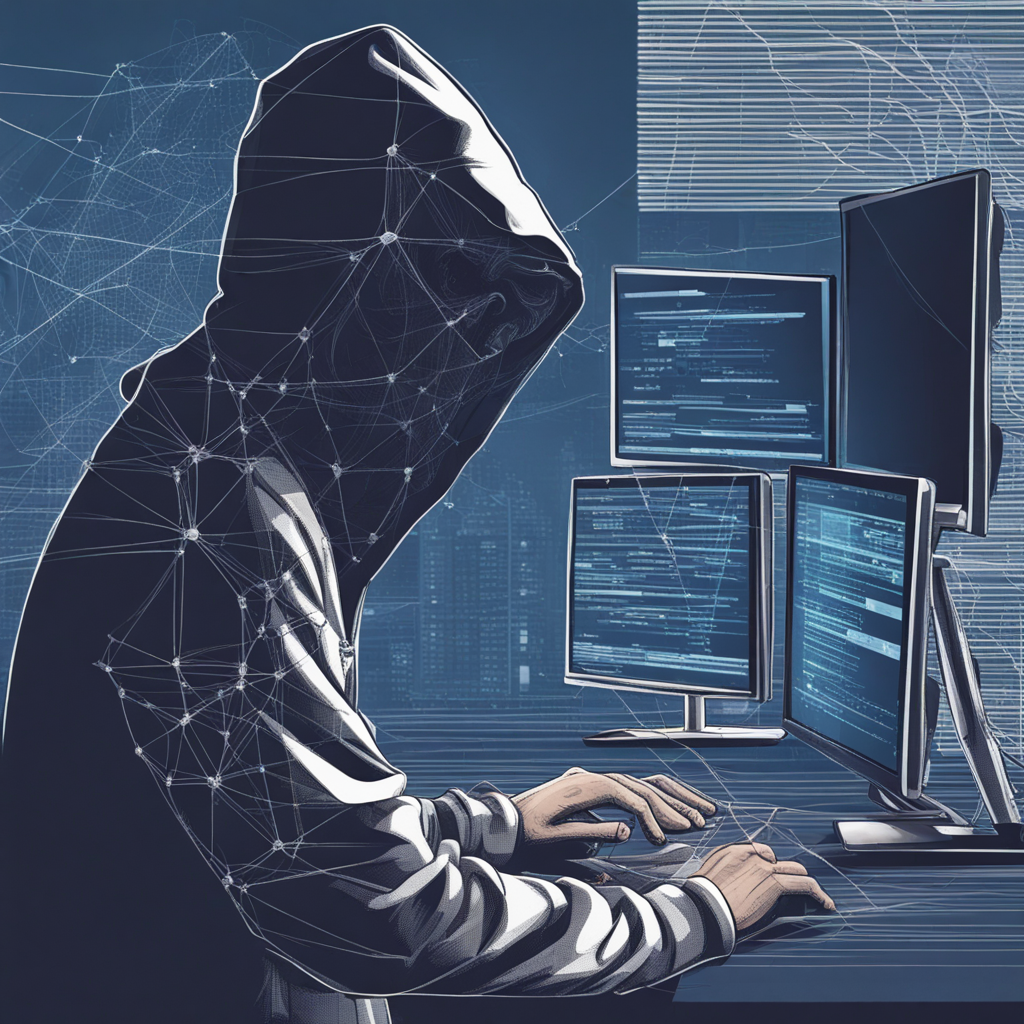As the field of quantum computing advances, the cybersecurity landscape is poised for a transformation. Quantum computing’s unprecedented computational power has the potential to render existing cryptographic algorithms obsolete, posing significant challenges to data security. At SafeNet, we recognize the importance of preparing for this quantum revolution and empowering Blue Teams with quantum-safe key management guidelines. In this blog post, we delve into the significance of quantum-safe key management and offer actionable guidelines for Blue Teams to safeguard their organizations’ assets in the quantum era.
Understanding Quantum-Safe Key Management
Quantum-safe key management refers to the adoption of cryptographic algorithms and key management practices that are resilient against quantum attacks. Traditional cryptographic algorithms, such as RSA and ECC, rely on mathematical problems that can be efficiently solved by quantum computers, compromising the confidentiality and integrity of encrypted data. Quantum-safe cryptography, on the other hand, leverages mathematical principles that are resistant to quantum attacks, ensuring long-term security in the face of quantum computing advancements.
The Role of SafeNet’s Blue Team
SafeNet’s Blue Team plays a crucial role in implementing quantum-safe key management guidelines and ensuring the security of organizational assets. As the defensive arm of cybersecurity operations, our Blue Team is dedicated to proactively identifying and mitigating emerging threats, including those posed by quantum computing. By adhering to quantum-safe key management practices, Blue Teams can future-proof their organizations’ security posture and mitigate the risks associated with quantum attacks.
Quantum-Safe Key Management Guidelines for Blue Teams
SafeNet offers the following guidelines for Blue Teams to implement quantum-safe key management effectively:
- Assessment and Planning: Conduct a comprehensive assessment of existing cryptographic infrastructure to identify dependencies on vulnerable algorithms. Develop a roadmap for transitioning to quantum-safe cryptographic algorithms based on industry standards and best practices.
- Algorithm Migration: Replace vulnerable cryptographic algorithms with quantum-safe alternatives that offer equivalent security levels. SafeNet recommends adopting quantum-safe algorithms such as lattice-based cryptography, hash-based cryptography, and multivariate cryptography.
- Key Length Considerations: Adjust key lengths for quantum-safe algorithms to ensure adequate security against both classical and quantum attacks. SafeNet’s Blue Team assists organizations in determining appropriate key lengths based on the specific requirements of their cryptographic implementations.
- Key Rotation Policies: Implement regular key rotation policies to minimize the impact of quantum attacks on encrypted data. SafeNet advises Blue Teams to establish guidelines for key rotation intervals and procedures to ensure continuous protection against evolving threats.
- Post-Quantum Cryptography Integration: Stay informed about advancements in post-quantum cryptography and integrate new algorithms into cryptographic protocols as they become standardized. SafeNet’s Blue Team closely monitors developments in quantum-safe cryptography to provide timely recommendations and guidance to organizations.
As quantum computing continues to evolve, organizations must take proactive steps to ensure the long-term security of their cryptographic infrastructure. SafeNet’s Blue Team stands ready to assist organizations in implementing quantum-safe key management guidelines and fortifying their defenses against quantum attacks. By adopting quantum-safe cryptographic algorithms and key management practices, Blue Teams can future-proof their organizations’ security posture and uphold the confidentiality, integrity, and availability of sensitive data. With SafeNet’s expertise and guidance, organizations can navigate the complexities of quantum security with confidence and resilience, safeguarding their assets in the quantum era and beyond.





